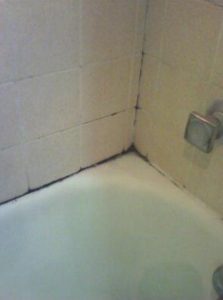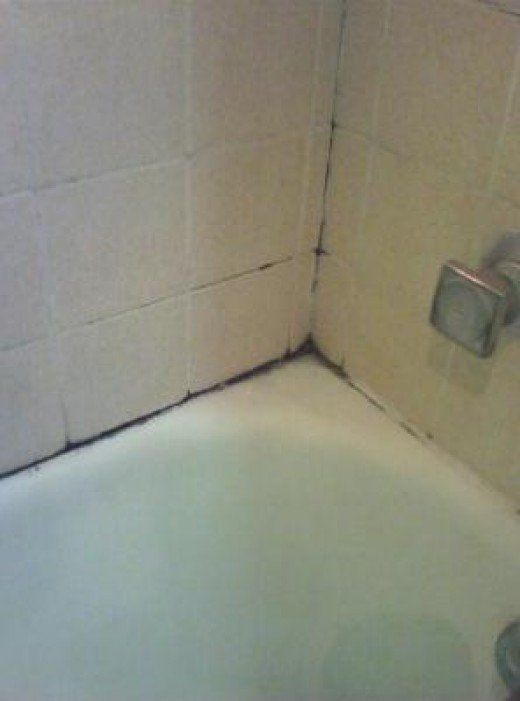 Often times, when people first find out about residential mold and the various problems it can cause, they immediately want to know more. This is a perfectly natural response, since protecting one’s property and health are always high on the list of priorities. In the past, homeowners and business owners may not have properly understood the dangers of mold. Today we have lot more science and technology available, allowing us to deal with mold in a more comprehensive way.
Often times, when people first find out about residential mold and the various problems it can cause, they immediately want to know more. This is a perfectly natural response, since protecting one’s property and health are always high on the list of priorities. In the past, homeowners and business owners may not have properly understood the dangers of mold. Today we have lot more science and technology available, allowing us to deal with mold in a more comprehensive way.
One of the things people often learn, when they start investigating the potential threat posed by mold at home, is that not all types of mold are toxic. There is actually a whole range of mold species with different levels of toxicity.
This raises an obvious question: Do I need to deal with non-toxic mold, or can I simply leave it there? Is it really necessary to spend hundreds (or even thousands) of dollars on professional mold remediation when the mold in question is not even toxic?
The answer is not quite as simple as ‘yes’ or ‘no.’
It’s true that there are certain strains of mold that are especially toxic. They produce something called mycotoxins that have adverse effects on the respiratory and nervous systems. Young children and elderly adults can be particularly susceptible to mycotoxins.
There are only a few types of mold with this high level of toxicity — but that doesn’t mean that other strains of mold are safe and should be left alone. They may not be classified as “toxic,” but many of them are either allergenic or pathogenic. This means they pose real health threats, especially in higher concentrations and over long periods of exposure. In these cases, the toxicity of the mold really depends on the allergic response of people being exposed to the mold spores.
Essentially, professional mold testing is necessary to determine what kind of mold is present, and in what quantities. Only then can toxicity be determined with any real accuracy.
The other important thing to know about mold, beyond the toxicity to physical health, is the toxicity in the real estate market. It may sound strange, but it’s true. Allowing a mold infestation (no matter what strain) to get out of hand, and require a full-scale mold remediation effort, is something that has to be reported to city and local authorities in many cases. Trying to sell your home can be much more complicated when a history of serious mold invasions has been documented and made available to house hunters and real estate agents.
Getting the right answers on mold
Dealing with residential mold problems may seem like a simple proposition, but the more you learn about the various types of mold (and the various challenges that come along with it), but the more sense it makes to consult a professional when you think you may have a significant mold problem. It’s always possible to play a guessing game and hope for the best — but for most homeowners, this isn’t a realistic option when physical health and property value is potentially on the line.

